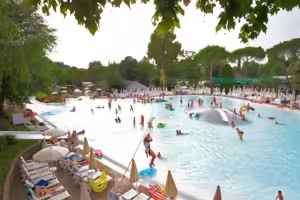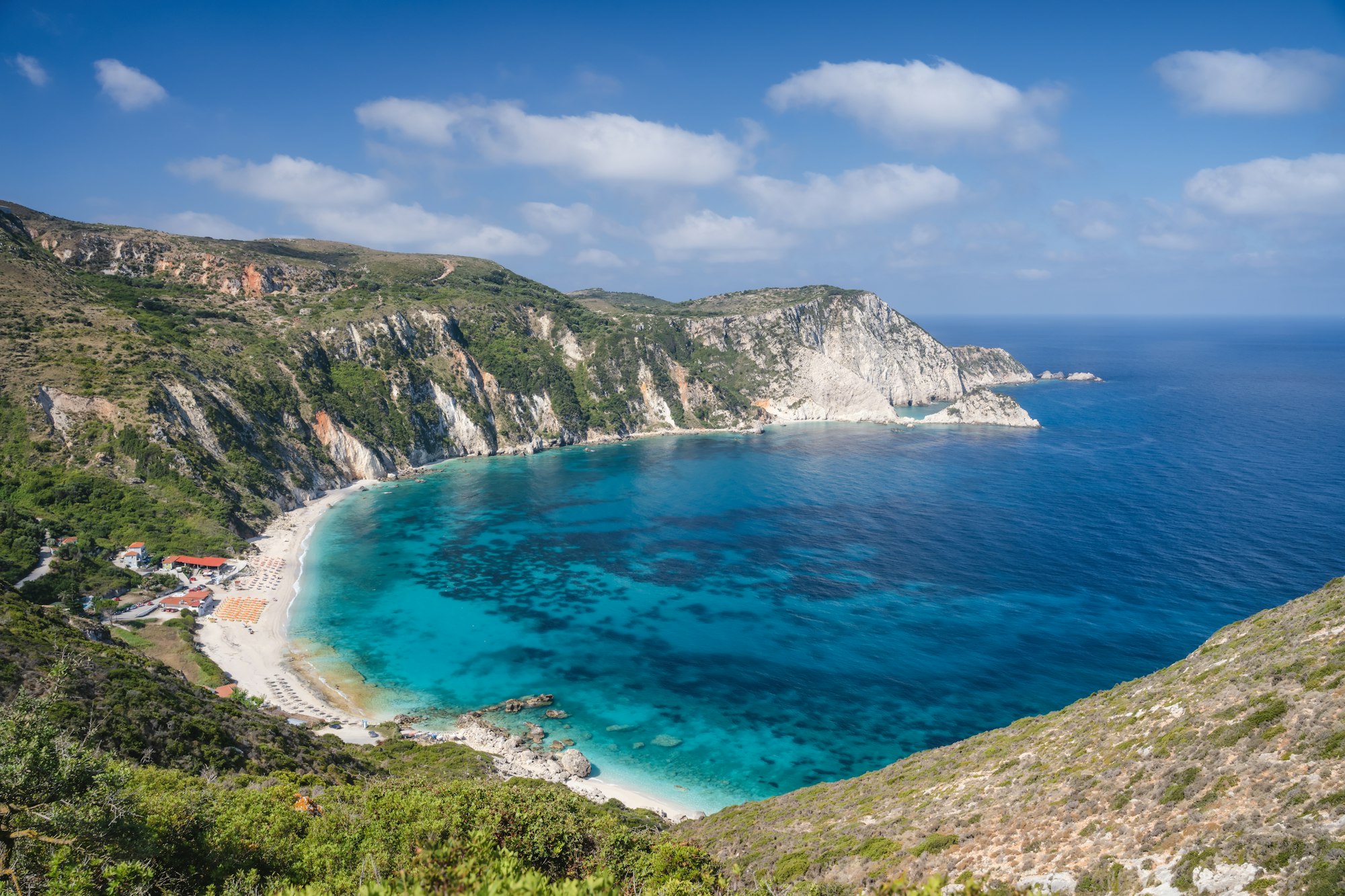Visiting Senegal offers a unique opportunity to explore a blend of natural beauty and cultural richness. The best time to visit Senegal in 2024 promises ideal weather conditions and a host of exciting activities and festivals. Whether you’re looking to delve into the history, indulge in local culinary delights, or simply relax amidst stunning landscapes, Senegal has something to offer every type of traveler. This guide provides essential tips and insights to help you make the most of your visit during the optimal travel period.
TLDR;
ToggleBest Time of Year to Visit Senegal
The best time to visit Senegal is during the dry season, which runs from November to May. During these months, the weather is cooler and more pleasant, with less humidity and rainfall compared to the wet season. December to March is particularly ideal, offering the most comfortable temperatures and fewer mosquitoes, which helps in reducing the risk of malaria (Travellers Worldwide) (Big World Small Pockets).
Best Month to Visit Senegal
January and February are considered the best months to visit Senegal. These months offer mild temperatures ranging from 18°C to 26°C (64°F to 79°F), making it perfect for outdoor activities and sightseeing. Additionally, these months coincide with several vibrant festivals and cultural events, providing a rich cultural experience (Weather2Travel.com) (Evaneos.com).
50 Places to Visit in Senegal
Dakar – The bustling capital city with vibrant markets and historical sites.
Gorée Island – A UNESCO World Heritage site known for its historical significance in the Atlantic slave trade.
Lac Rose (Pink Lake) – Known for its stunning pink waters due to the high salt content and microorganisms.
Saint-Louis – A historical city famous for its colonial architecture and jazz festival.
Niokolo-Koba National Park – A UNESCO World Heritage site teeming with wildlife.
Casamance – A region with lush landscapes and unique cultural heritage.
Saly – A popular beach resort town.
Touba – Home to the Great Mosque of Touba and the annual Grand Magal pilgrimage.
Joal-Fadiouth – Known for its shell island and mixed Christian-Muslim cemetery.
Djoudj National Bird Sanctuary – A birdwatcher’s paradise.
Saloum Delta – A UNESCO Biosphere Reserve with rich biodiversity.
Popenguine – A serene coastal village with a nature reserve.
Somone Lagoon – Ideal for bird watching and kayaking.
Kédougou – A gateway to the Bassari Country and its traditional villages.
Bandia Reserve – Home to rhinos, giraffes, and other wildlife.
Thiès – Known for its colorful markets and handicrafts.
Fathala Wildlife Reserve – Offers a safari experience.
Kafountine – A fishing village with beautiful beaches.
Mbour – A lively fishing port with a bustling market.
Ziguinchor – The largest city in Casamance with a rich colonial history.
Îles de la Madeleine National Park – A group of uninhabited islands with unique flora and fauna.
Diourbel – A historical city with significant religious sites.
Toubacouta – A town surrounded by mangroves and water channels.
Tassili N’Ajjer – Renowned for its prehistoric rock art.
Cap Skirring – A popular tourist destination with pristine beaches.
Richard Toll – Known for its sugar production and the “Bridge of Faidherbe”.
Louga – A cultural hub with traditional music and dance.
Kaolack – A major commercial center and market town.
Bakau – A town near Banjul with beautiful gardens.
Podor – A historical town with fortresses.
Matam – Known for its traditional Fulani culture.
Fatick – A gateway to the Saloum Delta.
Saint-Louis Jazz Festival – A must-attend event for jazz enthusiasts.
Dakar Biennale – An important contemporary art exhibition.
Kayar – A fishing town with vibrant coastal life.
Velingara – A town near the border with Guinea.
Tambacounda – A key stop for exploring eastern Senegal.
Kolda – A center for agriculture and local markets.
Sédhiou – Known for its rich history and traditions.
Lompoul Desert – Experience the stunning sand dunes and desert life.
Keur Moussa Abbey – Famous for its Gregorian chants.
Missirah – A village known for its ancient baobab tree.
Koungheul – A town with a mix of cultures and traditions.
Oussouye – Known for its king’s festival and traditional rituals.
Yoff – A neighborhood in Dakar with a strong Lebou culture.
Ngor Island – A small island perfect for a quick escape.
Ngaye Mekhe – Famous for its leather craftsmanship.
Dindefelo – A village with a beautiful waterfall.
Senegal River – Offers boat trips and scenic views.
Rufisque – A historic town with colonial architecture.
Travel Tips
Health and Safety: Malaria is a concern, especially during the wet season. It’s advisable to take prophylactic measures and use mosquito repellent.
Packing: Light clothing is suitable for the day, but a warm cover-up is recommended for the cooler evenings during the dry season.
Cultural Etiquette: Respect local customs and dress modestly, especially in rural areas and religious sites.
Upcoming Detailed Article
Stay tuned for our upcoming in-depth article on the Best Time to Visit Senegal in 2024. This comprehensive guide will be updated with the latest travel information, tips, and insights to help you plan your perfect trip to Senegal.
For more detailed information, you can visit resources like Travellers Worldwide, Weather2Travel, and Rove.me.
By considering the best times to visit and exploring these recommended destinations, you’ll ensure an unforgettable experience in Senegal.




